Education
Master of Arts in English Literature (1999) from Saifia College, Bhopal, India.
Baaraan Ijlal is a self-taught artist based in New Delhi (India). She is interested in exploring anonymity as essential to individual liberty. She seeks to enable listening and creating witnesses to unacknowledged stories. Her medium includes acrylic paint, sound, video, light, and resin installations among others.
Exhibition History
2024
India Art Fair 2024
Stories of Light & Song – Contemporary Practices in Asia curated by Ina Puri, Birla Academy of Art and Culture, Kolkata, India
2023
Art Dubai, Dubai, UAE
India Art Fair, Delhi, India
Hostile Witness: Painting by Baaraan Ijlal & Structures and sculptures by Moonis Ijlal at Art SG
Change Room Archives at Khoj International Artists Association, Delhi, India
‘Threading the Horizon: Propositions on Worldmaking through Socially Engaged Art Practice’
Art Mumbai, Shrine Empire, Maharashtra, India
2022
India Art Fair, Delhi, India
Change Room at ‘Living Lightly: An Exhibition on Pastoralism
7th edition of Colomboscope, Colombo, Sri Lanka. Language is Migrant, Curated by Anushka Rajendran
Forestial Flock curated by Adwait Singh, Shrine Empire, Delhi, India
2021
Solo exhibition, Shrine Empire, New Delhi, India.
Group exhibition, Hub India: Classical Radical, MAO Museo d’Arte Orientale | Residues & Resonances, Italy
2020
Seeds are being sown at Prameya Art Foundation, New Delhi, India. Curated by Shaunak Mahbubani
India Art Fair, Shrine Empire, New Delhi, India
2019
Change Room, (audio installation) at Chintretsukan Gallery, Tokyo University of the Arts, Tokyo, Japan. Curated by SGFA Tokyo
Change Room, (audio installation) at CREAR econference, Kathmandu, Nepal. Curated by CREA Team
Change Room, (audio installation) at India Art Fair, Prameya Art Foundation, New Delhi, India
2018
Installation of Change Room at Bhopal Literature and Arts Festival, Bhopal, India. Curated by Meera Dass.
Installation of Coal Couture at World Health Organization (WHO)’s First Global Conference on Air Pollution and Health at the WHO headquarters during the UNFCCC’s 24th Conference of Parties.
Installation of Change Room at TENT Arts Space, Kolkara, India. Curated by Divakar Venkatraman.
Installation of Change Room at Conflictorium Museum of Conflict, Ahmedabad, India. Curated by Divakar Venkatraman through an Artist Residency.
2017
Installation of Bird Box at Oddbird, New Delhi, India. Commissioned by Sadbhawna Trust and American Jewish World Service (AJWS).
2016
Installation of Silent Minarets Whispering Winds at Chatrapati Shivaji International Airport’s Terminal 2, Mumbai, India. Curated by Rajiv Sethi.
2014
Installation of House of Commons at Alliance Francaise, New Delhi, India. Curated by Sanskriti Foundation through an Artist Residency.
Exhibition of two canvasses each from Trouble with Red Is and Baghdad Café series At Women, Art & Resistance show, American Centre, New Delhi, India. Curated by Georgina Maddox.
2013
Exhibition of two canvasses from Trouble with Red Is series At Sri Multiple Feminisms show, Gallery Beyond Kala Ghoda, Mumbai, India. Curated by Myna Mukherjee.
Exhibition of two canvasses from Trouble with Red Is series At Sri Multiple Feminisms show, American Centre, New Delhi, India. Curated by Myna Mukherjee.
2012
Exhibition of three paintings titled Queering Making I At Gallery Engendered Space, New Delhi, India. – Curated by Billy Stewart, Jose Abadi and Myna Mukherjee.
Exhibition of three paintings titled Queering Making II At Gallery Abadi Art & Creative Communication, New Delhi, India. – Curated by Billy Stewart, Jose Abadi and Myna Mukherjee.
2010
Exhibition of paintings and installations from House of Commons, To Be Continued and Stitched Wings series At Retellings show, Gallery Seven Art Limited, New Delhi, India. – Curated by Deeksha Nath.
Collections:
Devi Art Foundation, India
KNMA, India
Awards:
Arte Lagune award 2024 Finalist
Critical Voice of the Year, Hello! India Art Awards 2022
Residencies
Sanskriti Kendra, New Delhi, 2013
Conflictorium Museum, Ahmedabad, 2018
Baaraan Ijlal (b.1976) is a self-taught artist based in Delhi, who works with acrylic paint, sound, video, light, oral histories, archive, and resin installations among others. She completed her M.A from Bhopal, India. Driven by the loss of her grandmother’s house in Bhopal in 2014, Baaraan began obsessively photographing its remains and the streets of the surrounding old city as well as disappearing sites and their inhabitants in other cities. This journey culminated in the series ‘Hostile Witness.’ The series archives against erasure, explored through paintings of fragile buildings (in Bhopal, Delhi, Lucknow, Kolkata, Mumbai and Banaras); also their inhabitants, now cast out by time, bureaucracy, and development. Currently, Baaraan is exploring new iterations of ‘Change Room’, a travelling archive and a continuously evolving sound installation that has been live since 2018. ‘Change Room’ is about speaking out and becoming a witness through the act of listening. Birdbox (2016), is a bioscope on the inner lives of girls in rural North India. ‘Change Room’ has been exhibited at, Khoj International Artists Association, Delhi, India (2023), Language is Migrant curated by Anushka Rajendran at the 7th edition of Colomboscope (2022), Chintretsukan Gallery, Tokyo, Japan (2019), CREAR conference, Kathmandu, Nepal (2019), Conflictorium Museum of Conflict, Ahmedabad, India (2018) and TENT Arts Space, Kolkata, India (2018).
Some of her select exhibitions include- Stories of Light & Song – Contemporary Practices in Asia curated by Ina Puri, Birla Academy of Art and Culture, Kolkata, India (2024); Forestial Flock curated by Adwait Singh, Shrine Empire, Delhi, India (2023); Residues & Resonances, MAO Museo d’Arte Orientale, Italy (2021); Hostile Witness, Solo show with exhibition text by Salima Hashmi, Shrine Empire, New Delhi, India (2021); Seeds are being sown, curated by Shaunak Mahbubani, Prameya Art Foundation, New Delhi, India (2020); Exhibition of paintings and installations from House of Commons, To Be Continued and Stitched Wings series, Retellings show, curated by Deeksha Nath, Gallery Seven Art Limited, New Delhi, India (2010).
Baaraan is a finalist for the Arte Laguna Award 2024. She received the Critical Voice of the Year Award at the Hello! India Art Awards 2022. Her works can be found in the collections of the Devi Art Foundation, India and Kiran Nadar Museum of Art, New Delhi, India, amongst others.

-
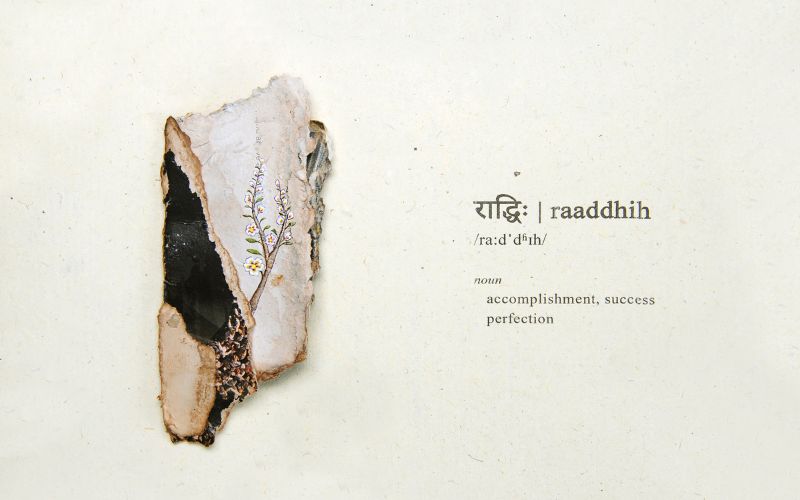
Forestial Flock | Curated by Adwait Singh
October 1, 2022 - August 26, 2022
-

Baaraan Ijlal x Moonis Ijlal | ART SG 2023
January 15, 2023 - January 12, 2023
-
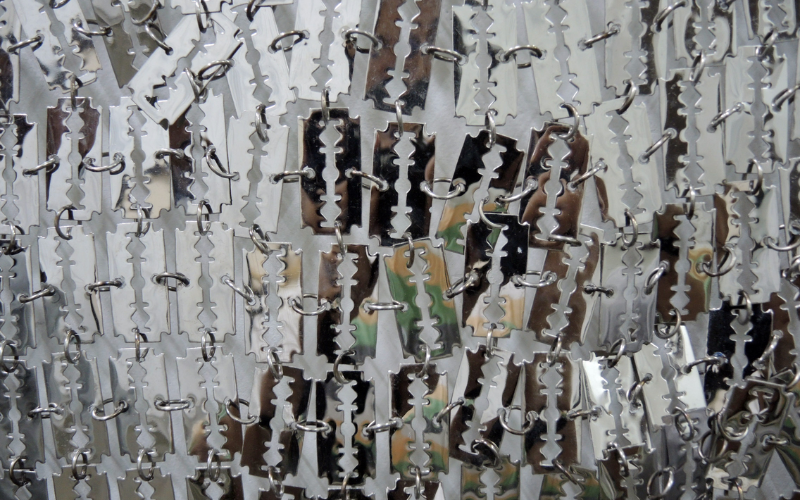
Group Show | Art Dubai
March 5, 2023 - March 1, 2023
-

Group Show | Delhi Contemporary Art Week – 2023
September 7, 2023 - September 3, 2023
-

India Art Fair 2024 | India Art Fair
February 4, 2024 - February 1, 2024
-
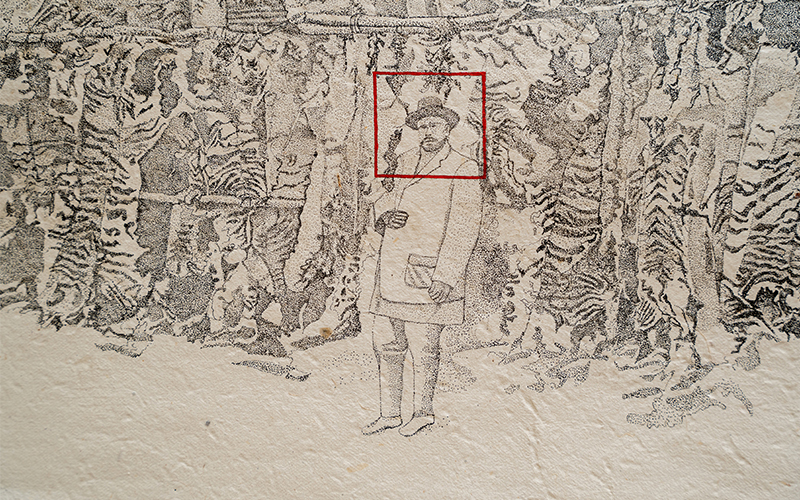
India Art Fair 2022 |
May 1, 2022 - April 28, 2022
-
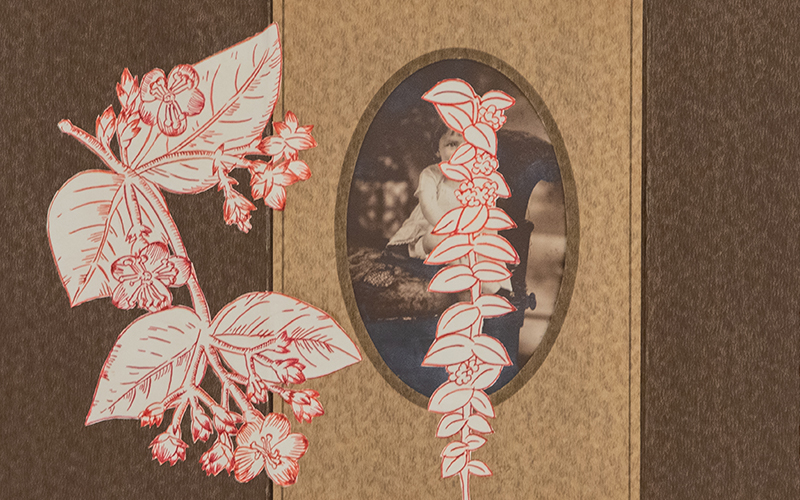
Hub India – Artissima | Palazzo Madama | Accademia Albertina di Belle Arti | MAO Museo d’Arte Orientale |
February 27, 2022 - November 5, 2021
-

Hostile Witness by Baaraan Ijlal | Structures & Sculptures by Moonis Ijlal |
December 5, 2021 - November 28, 2021
-
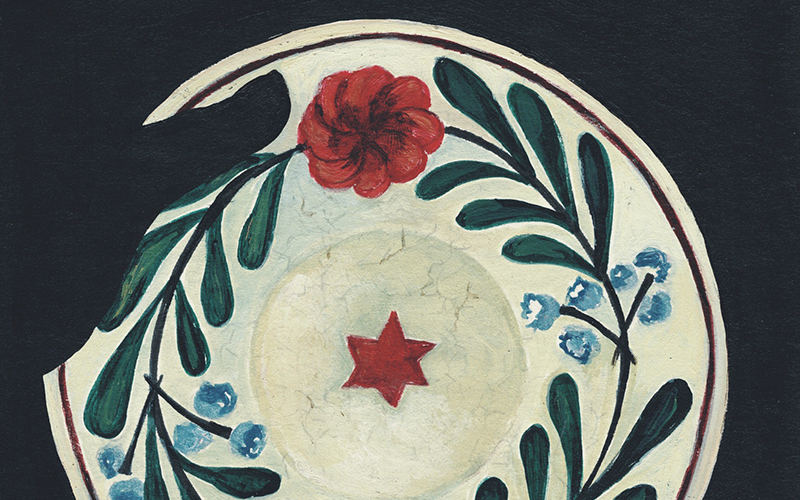
Locust Eaten Moon | In Touch Edition 06 | Baaraan Ijlal
August 30, 2021 - May 28, 2021
-
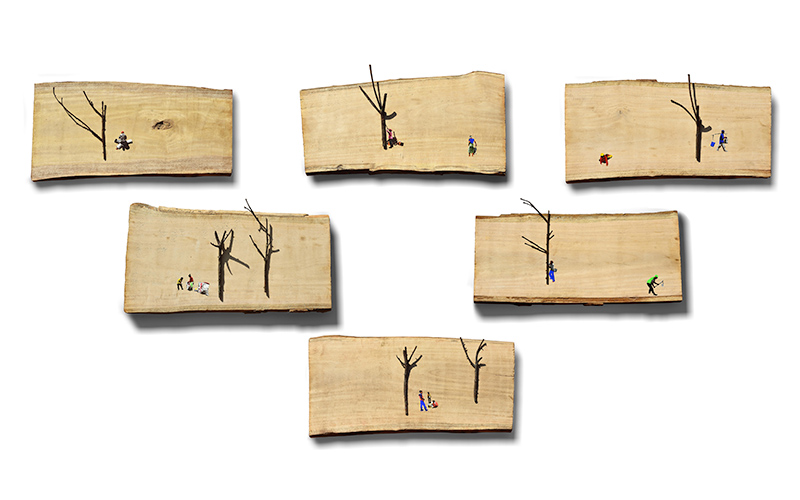
Delhi Contemporary Art Week – 2021 | Group Show
April 15, 2021 - April 8, 2021
-
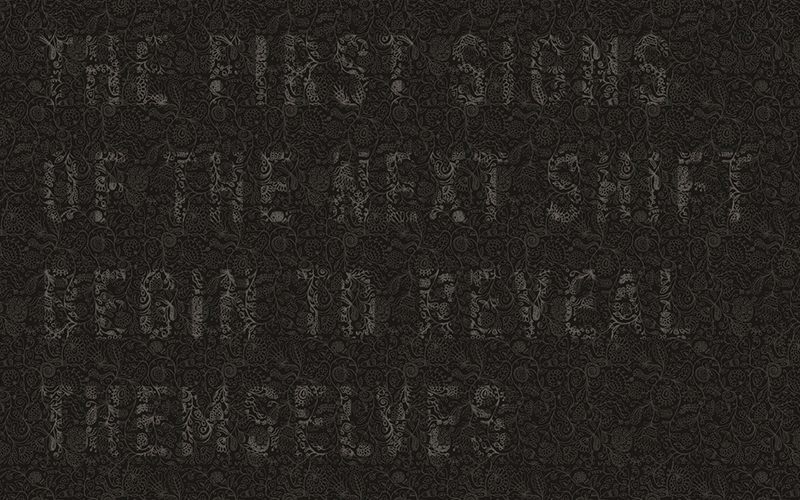
PRAF presents: Seeds are being Sown | Curated by Shaunak Mahbubani | Art Scribes Awardee 2019-20
October 24, 2020 - September 11, 2020
-
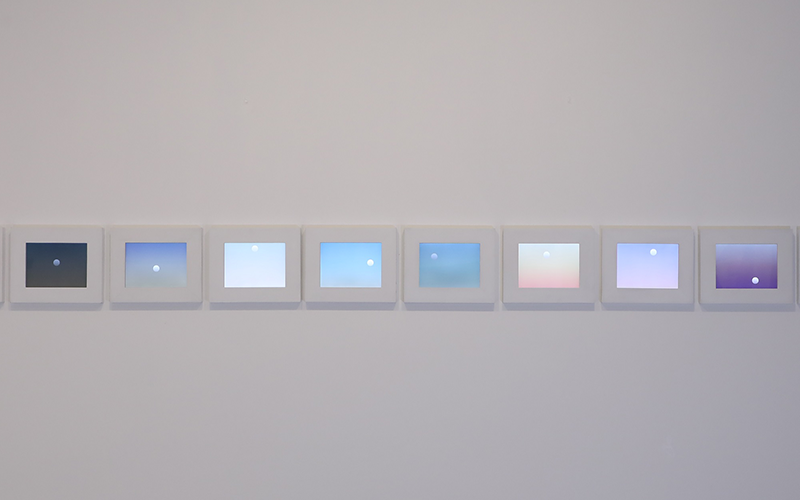
India Art Fair-2020 | Group Show
February 2, 2020 - January 30, 2020
-

Slow – India Art Fair – 2019 | Group Show
February 3, 2019 - January 31, 2019
We use cookies to improve your experience. By navigating the site, you agree to our Cookie Policy.
